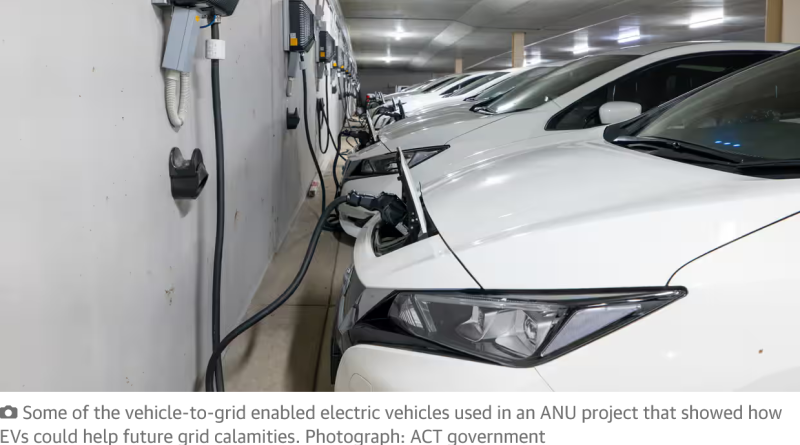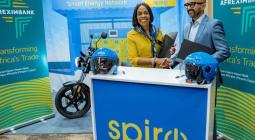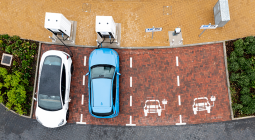Canberra trial shows EVs can provide backup power to grid in blackouts and emergencies

On 13 February, when freak winds brought down a transmission line in Victoria and shut down the state’s largest power station, a fleet of electric cars plugged into a charger in Canberra 500km away stirred.
Within six seconds, 16 vehicles started discharging their batteries, sending power back into the grid. While the contribution – part of a pioneering research project – was minuscule compared with the 90,000 households who lost electricity, the experiment showed how EVs could help ease grid calamities of the future.
It’s the result of the Realising Electric Vehicles to Grid Services – or Revs – trial, run by the Australian Capital Territory government, which used 51 Nissan Leafs to test whether EVs can help manage the national electricity market.
The ability of vehicles to power appliances, the home and even the grid has been well studied. The focus has been on how EVs can soak up renewable energy and even provide owners with revenue, rather than how they might be mustered to counter grid instability.
“It’s a world-first in just having vehicles respond to an emergency,” says Bjorn Sturmberg, a senior researcher in Australian National University’s battery storage and grid integration program.
It was important to have an “end goal … to get things set up in the right way, so we don’t have to keep going back and making major radical changes to it”, he says.
The number of EVs sold in Australia topped 50,000 in the first half of 2024, up 16.5% on a year earlier, and is on track to reach 100,000 annual sales for the first time. At 8% of the market, Sturmberg has “very high confidence that we’re going to an 100% electrified fleet” in the coming decades.
Others, such as the Australian Energy Market Operator, aren’t quite so bullish. Still, Aemo’s blueprint for the grid, the integrated system plan, anticipates EV take-up will surge from the late 2022s “driven by falling cost, greater model choice and availability”, to reach 63% to 97% by 2050.
It’s likely to include more models with vehicle-to-grid capability as carmakers get more comfortable that battery warranties wouldn’t be materially affected by being deployed for purposes other than powering mobility. As customers get more confident too, a huge and flexible resource could be available to the grid.
“We’ve been able to do vehicle-to-grid for some time but we haven’t had the sort of standards to support that,” says Jon Sibley, director of the energy consultancy enX. “Basically you can’t connect vehicle-to-grid because it doesn’t meet our grid codes.”
The EVs used modified chargers that can both power up a vehicle and receive their discharge. At the time of the transmission line’s downing, 16 were plugged into six sites and discharged at their limit of 5 kilowatts each for 10 minutes.
“Thinking further ahead, once the vehicle fleet is fully electrified, it would only require 2.25% of the 6.2m vehicles in the state of New South Wales and [the ACT] to stop charging at 5kW to provide the 700MW of flexible load required to, on average, cover all frequency contingency services,” a paper written about the program, with Sturmberg among the authors, has found.
The experiment also demonstrated possible shortcomings of using EVs, with just nine of the 16 vehicles resuming charging after 10 minutes.
That switchback to charging was the opposite of what the grid needed and would have undermined the power system had it happened at a large scale.
More generally, the issue of spreading out when EVs draw load – contingency or not – will have to be addressed, Sturmberg says.
Their flexibility means charging can often be delayed with little inconvenience to the owner and their battery size – as much as two days’ household power use – gives them collective heft.
That’s provided owners don’t all plug in at the same time – unless they have the capability of giving power back as more models in the future will.
“With the number of EVs on our roads growing fast, the grid won’t be able to cope with everyone charging at the same time when they get home in the evening,” he says.
Gaining the cooperation of EV users – perhaps in exchange for not paying fuel excise – could be “a very small down payment to make in the interest of keeping the whole grid from blacking out”, Sturmberg suggests.
“None of us can have electricity if the grid doesn’t work, [which] has to be the primary objective in all of this.”





